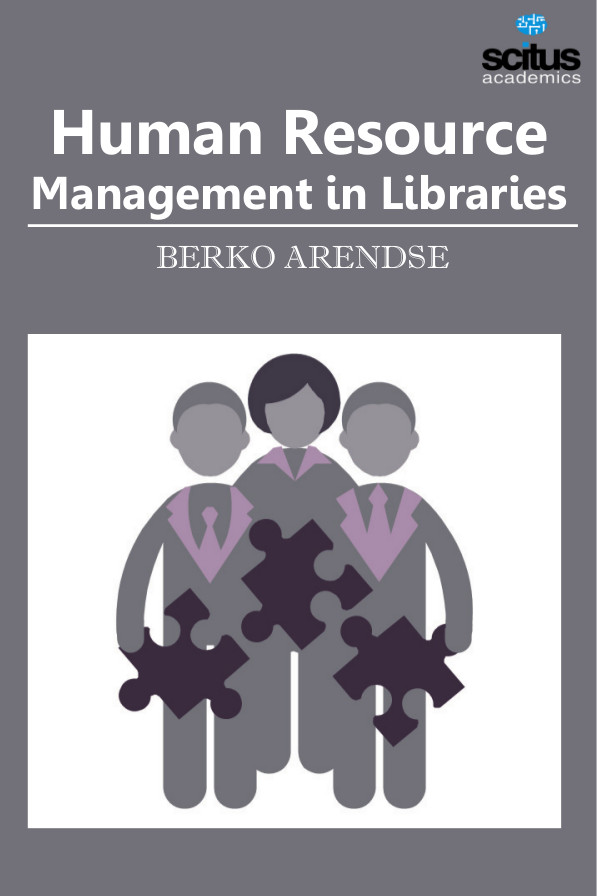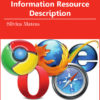Human resources are the people who work for the organization; human resource management is really employee management with an emphasis on those employees as assets of the business. In this context, employees are sometimes referred to as human capital. As with other business assets, the goal is to make effective use of employees, reducing risk and maximizing return on investment. Library “staff” refers to all the people employed by a particular library. Libraries have increasing become complex and dynamic organizations that need strategic thinking and more complex processes in order to compete in an environment challenged by technology and independent users. Academic libraries, because of their relationship with a centralized larger institution, can very well overlook the importance of developing their own strategic plans and initiatives for developing personnel and the human role of total operations and relevance to its mission and value added to institutional goals and objectives. Understanding how the human resource components of the organization adds to the dynamics of the library as a whole can offer a higher level of intelligent decision making for the road ahead. In every academic library employee, from the dean or director down to a student assistant, is subject to a number of complicated, confusing, and intertwined employment policies and procedures. Because of the complex interplay of these forces, human resources (HR) management and personnel transactions can seem mysterious or confusing. To help clarify HR by providing basic explanations and rationales for the most common and practical applications of HR management in colleges and universities and, consequently, in their libraries.
The environment within academic libraries is undergoing this same feature, of being in constant motion while the goal is to progress forward. Managing libraries and the people employed in these organizations can be hard to do without falling down. This is where managing the human resource functions strategically, can help the progression through various obstacles that might present themselves to your organization. Academic libraries have always been institutions of change and the onset of the Internet and World Wide Web over 25 years ago, created the opportunity for change to occur quicker and with increasing complexity. This has provided the opportunity for staffing to be modified from traditional activities and functions into web-based or supported activities moving traditional functions into an electronic mode of resources and services. This book, Human Resource Management in Libraries, represents a unique point of view for managing the human re-sources functions in libraries, given the constant changes that are occurring and the enhanced need to provide value and relevance to the also changing needs of institutions of higher education.













